Prescription Drug Cost Growth May Be Slowing, CVS Says
How fast are drug prices really increasing?
CVS Health CVS -0.22%, which manages the prescription drug benefits of 65 million Americans, says that its spending on medicines increased just 5% in 2015. That compares to an 11.8% increase seen by the firm in 2014.
It’s not clear to what degree CVS’ experience will be mirrored by the rest of the U.S. drug market. But the data appear to run counter to assertions that prescription drug spending, now a major campaign issue, is running out of control. 5% growth is still a lot–particularly since it occurs every year–but it is not nearly as frightening as the double-digit growth seen in 2014.
In this Aug. 7, 2014 file photo, shoppers leave a CVS pharmacy in Staten Island.
One of the big drivers of that growth was Sovaldi, a new treatment for hepatitis C introduced by Gilead Sciences GILD -0.73% in 2014 that cures patients at a much higher rate than previous drugs and costs $84,000 per treatment. It and a similar, follow-up drug generated $12 billion in annual sales for Gilead in 2014.
CVS’ chief medical officer, Troyen Brennan, said that without Sovaldi being introduced, the 11.8% growth might have been about 10%, and that this year’s spending growth would have remained at about 5%.
A primer: companies called pharmacy benefits managers work with insurers and employers to help steer patients from expensive drugs to cheaper ones, to make sure that people don’t take unneeded medicines, and to negotiate lower prices on prescription medicines. Two companies, CVS Health and Express Scripts ESRX -0.08%, together manage the drug benefits of about half the U.S. population.
Benefit managers don’t actually negotiate a lower price of their drugs. Instead, they negotiate that drug manufacturers will give them a financial rebate for making a medicine easier for patients to get. Some of this rebate is then passed on the insurer or employer, while the benefit manager takes a cut, too. But CVS doesn’t disclose exactly how big those rebates are, or what contribution other measures it is taking had to lowering costs.
Continue Reading on Forbes.com
